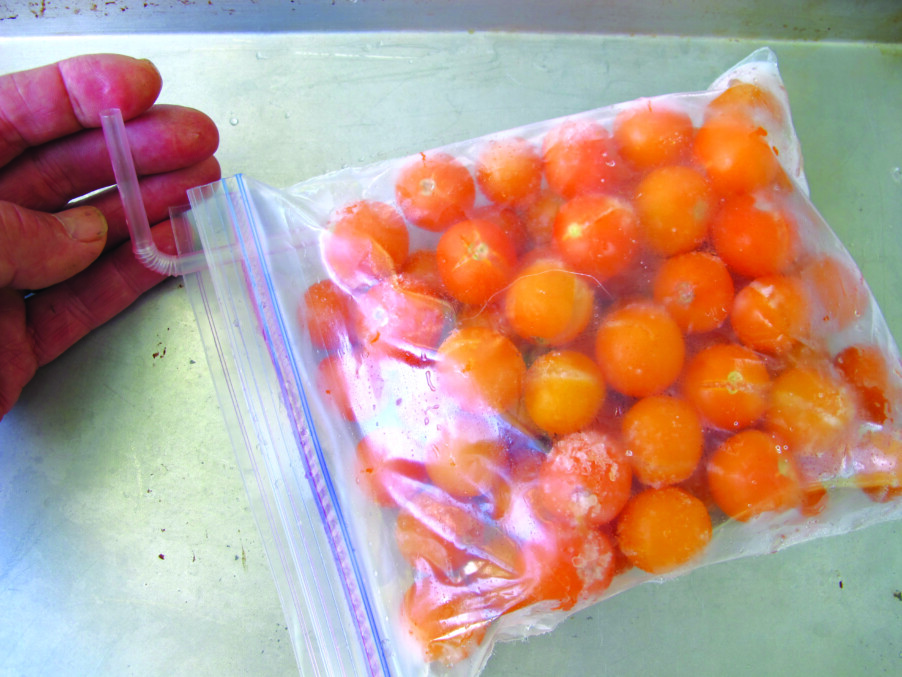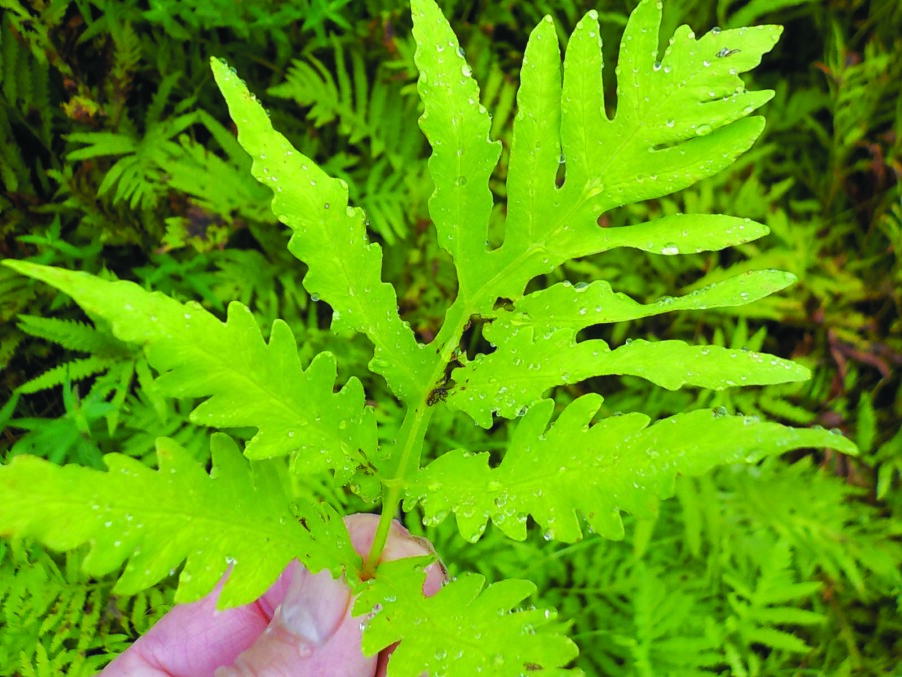A street fair caps the weeklong Manchester Citywide Arts Festival
By Katelyn Sahagian
For one week, Manchester will be an explosion of all types of artistic expression, thanks to the brand-new citywide arts festival.
The Palace Theatre has organized a week-long list of events, finishing off with a two-day Street Fair on Saturday, Sept. 17, 10 a.m. to 5 p.m., and Sunday, Sept. 18, 10 a.m. to 4 p.m.
The Street Fair, billed as a family-friendly event, will feature an arts market highlighting dozens of local artists, artisans and crafters, interactive arts installations and live performances by musicians and dancers as well as food trucks.
“It really is … in my wheelhouse of things that I’m passionate about,” said Laura Zorawowicz, the director of the festival, about the weeklong event. “Connecting artists with each other and with the community is just super exciting.”
Zorawowicz, who has a background in art education and community arts, said that this is her first time planning an event of this size. She had only been working at the Palace as a bartender when Palace president Peter Ramsey started talking about an arts festival.
Almost immediately Zorawowicz volunteered to be part of the planning. She said she felt lucky that Ramsey had taken a chance with her.
Because it was important to include all forms of art in the festival, Zorawowicz found community institutions that focused on the arts to partner with The Palace. Bookery, Currier Museum of Art, Dimensions in Dance, Manchester Community Music School, and Studio 550 are all hosting events in conjunction with the theater. There will be all types of dance classes at Dimensions in Dance, an open house at the Community Music School, and artist speaker series at Bookery. The Currier will have special exhibits and The Palace Theatre’s production of The Little Mermaid will open that week.
Studio 550 will have creators building monsters out of clay and an interactive art project that anyone can participate in (but it will live in the studio), said Monica Leap, 550’s founder.
Leap said she was thrilled to see the arts community come together.
“Manchester has a lot of potential with the arts, but it’s not concerted or together, so it’s exciting to see something this big,” Leap said about the festival. “I hope people participate and experience something new.”
Several of Leap’s intermediate potters and former students (known as members) will be taking on the new challenge of selling items during the Street Fair. She said everyone seems excited to participate at the vendors’ booths and everyone is busy sculpting away.
“These people are making some really fantastic things,” Leap said. “You can tell there’s skill. … It’s exciting to see what they’re capable of.”
While many of the artists at the festival will be vendors selling their works, Karen Jerzyk is excited to have the human interaction back in her artwork.
Jerzyk is a photographer but, in her own words, “the photography is almost the documenting of what I do [to set up].”
All of Jerzyk’s sets are designed and built by her. She said she is mostly inspired by post-apocalyptic themes but also loves the aesthetic of the 1960s. Her sets are designed to be interactive, something she is bringing to a studio space provided by Palace Theatre. This set will look like an old-fashioned living room, including an old couch, a vintage television set, and more interesting items and details to explore, including a few sculpted “creatures” to add a sci-fi flair to the mid-20th-century set. People will be able to walk through the set and take selfies.
While it’s only the first year, Jerzyk said she is thrilled to be traveling down the road from her studio to exhibit at an arts fair, as opposed to traveling farther to New York City or Los Angeles. She hopes this will be the first of many arts festivals the city offers over the years.
“There’s a lot of art and culture in Manchester but … it feels like the general public doesn’t realize the talent in the area,” Jerzyk said. “This will bridge that gap and showcase all the talent in this city.”
Manchester Citywide Arts Festival Street Fair
Street Fair
Where: Opera Block of Hanover Street (between Elm and Chestnut streets)
When: Saturday, Sept. 17, 10 a.m. to 5 p.m.; Sunday, Sept. 18, 10 a.m. to 4 p.m.
Price: free
Visit: palacetheatre.com
Musical performances
The River Stage at the Manchester Citywide Arts Festival Presents Intersection of Hanover Street and Londonderry Lane
Saturday, Sept. 17
10 a.m.: Children’s music concert with Miss Julieann presented by Manchester Community Music School
11 a.m.: Dimensions in Dance performance and interactive workshop
noon: Brother Seamus
1 p.m.: Paul Nelson
2 p.m.: Palace Youth Theatre performance
3 p.m.: Interactive drumming circle with NH Artist Laureate Theo Martey
4 p.m.: Drag performance by House of Marvel Entertainment
Sunday, Sept. 18
10 a.m.: Palace Youth Theatre performance
11 a.m.: Justin Cohn
noon: Southern NH Dance Theater – Nutcracker demonstration
1 p.m.: Queen City Improv
2 p.m.: Songwriter showcase with Liam Spain
3 p.m.: Manchester Community Music School student performers (location: Spotlight Room)
2 to 4 p.m.: Go Ninja Circus Arts aerial performers (location: intersection of Hanover Street and Nutfield Lane)
Manchester Makes — Community Art Area
Spotlight Room, 96 Hanover St., all day both days
• Live painting demo with local artist Michelle Peterson
• Interactive community mural with muralist Jyl Dittbenner
• Drop-in visits by Eddy the Comfort Pony of the MPD.
• Interactive Sci-Fi photo set with Karen Jerzyk
Featured photo: Brother Seamus. Courtesy photo.






